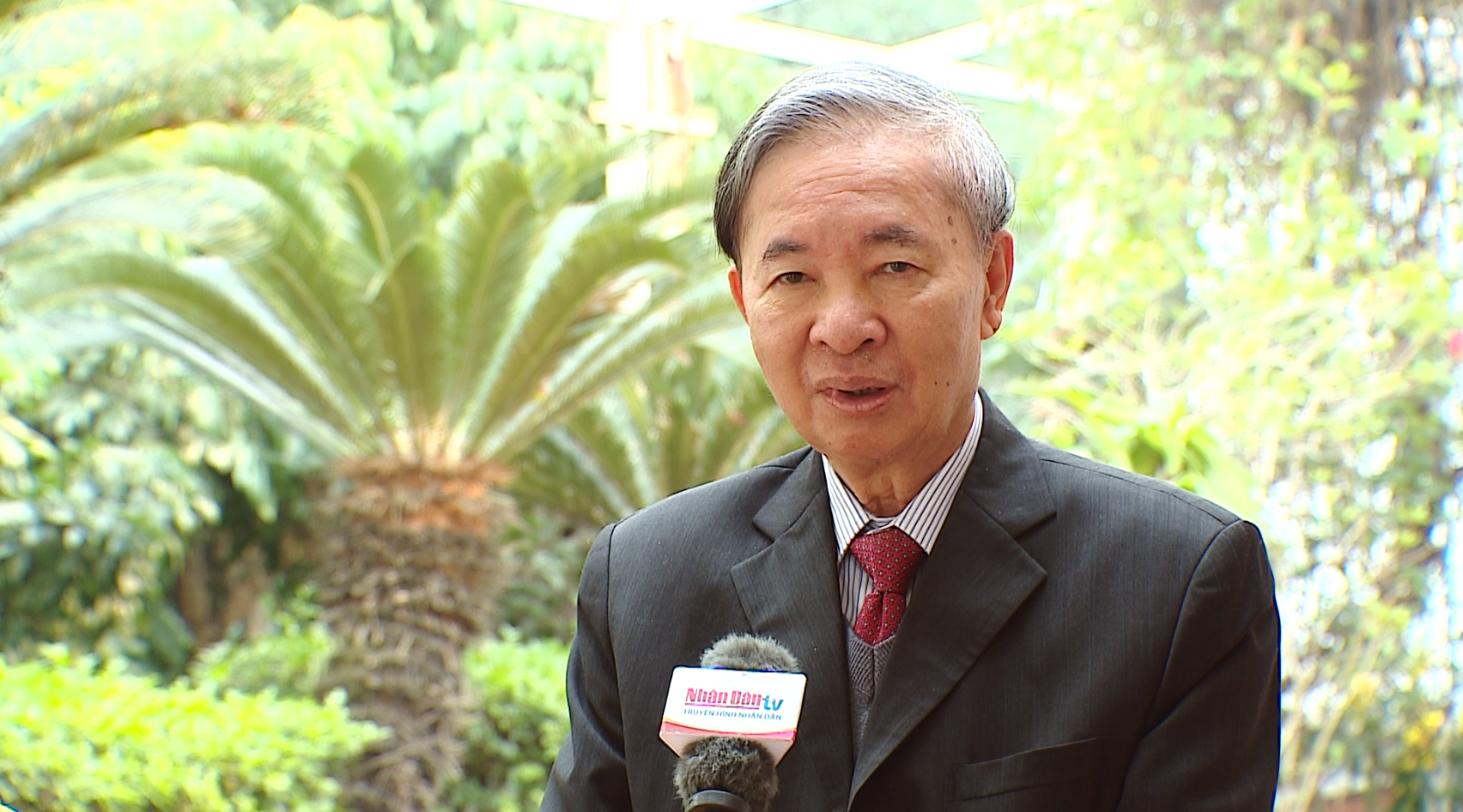
The Politburo recently requested to study the orientation of merging some provincial-level administrative units (DVHC). The 9th extraordinary session of the 15th National Assembly also decided not to make major amendments to the Law on Organization of Local Government (CQDP).
Talking to the HCM City Law Newspaper , former Deputy Minister of Home Affairs Tran Huu Thang acknowledged that Conclusion 126 of the Politburo and the Secretariat is the next step in implementing the Party's major policy on streamlining the political system's apparatus. It can be understood as the process of continuing to implement Resolution 18/2017 of the 12th Central Committee.
In the context of the current revolution of streamlining the apparatus, we see the determination but also the caution of the Politburo , especially General Secretary To Lam.
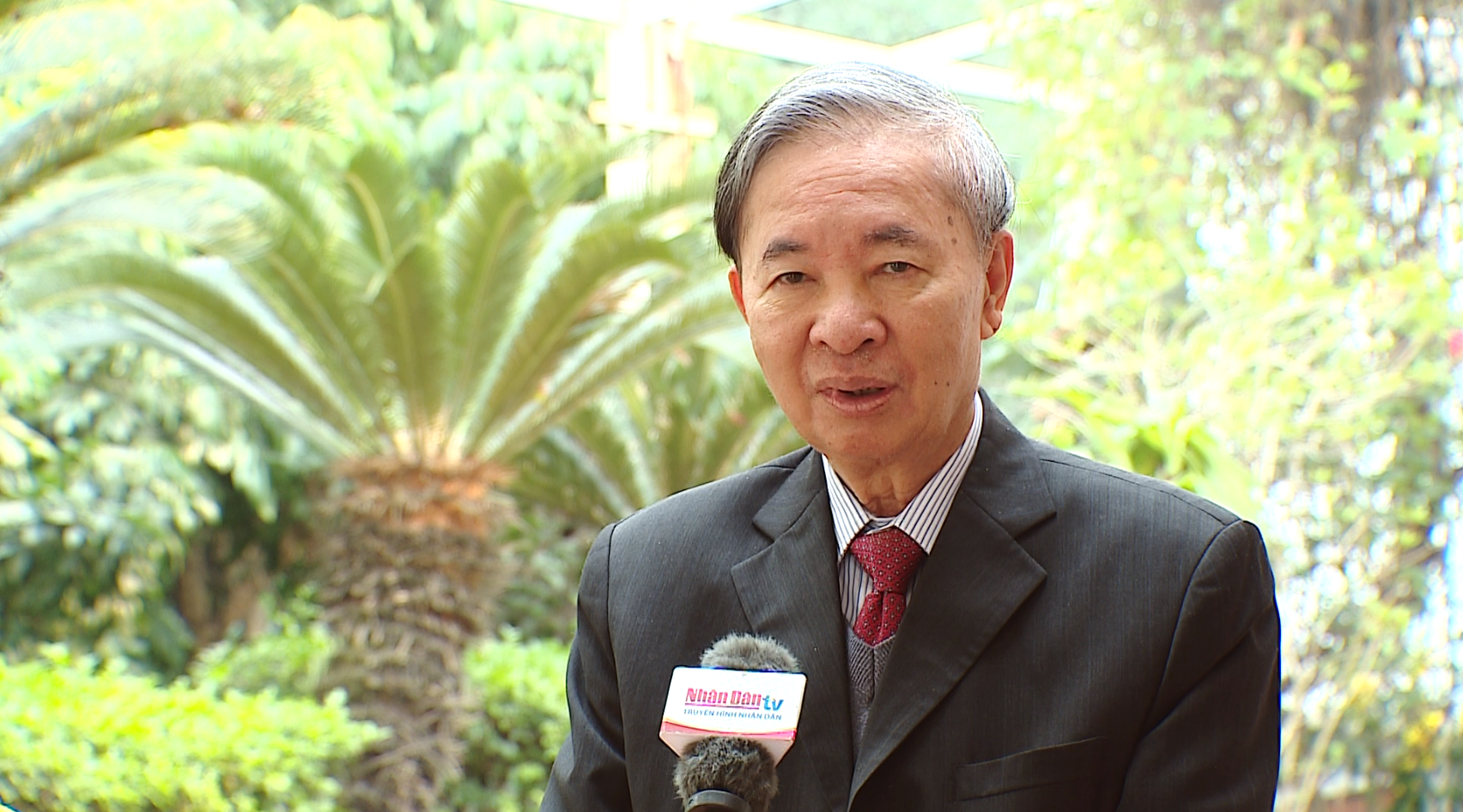 Former Deputy Minister of Home Affairs Tran Huu Thang
Former Deputy Minister of Home Affairs Tran Huu Thang
“We have drastically streamlined and reduced the number of ministries, ministerial-level agencies in the executive branch of the Government and the People's Committee; reduced the number of agencies under the National Assembly; reorganized and reduced the number of Party committees, the Fatherland Front, and mass organizations. At the same time, we have reorganized the Party Committees directly under the Central Government as well as at the local level. And now we are setting out the next steps, which are about territorial administrative units and local authorities. All of this shows that we are in the process of preparing for major reforms, to be able to perfect the model of the political system in the new period, which up to now, politically, we have agreed is a new era - the era of national development,” said Mr. Thang.
State power is unified
Reporter: With the Law on Organization of Local Government, the issue of two or three levels of government, which level has People's Council, People's Committee operating under collective regime or chief regime has been temporarily put aside for further research. In your opinion, in the context of our country, what should be noted?
+ Mr. Tran Huu Thang: Everywhere, innovation of the local government model is a cautious process. In our country, each adjustment must be placed within the overall organizational structure and operating principles of the country, within the principle of unified state power. Not only unity between the legislative, executive, and judicial branches, but also unity between the Central State and the local government.
Recently, we have emphasized the point of view that “locality decides, locality acts, locality is responsible” is very correct. However, it is more important to determine what the locality can decide. The functions of the authorities at all levels must be clear. If we want to decentralize, we must clarify what the central government has and what the locality has. With the People's Council, we must agree on a principle, which is that the local government must be attached to the people, exercising the power entrusted by the local community. Thus, the provincial government must have a People's Council and the grassroots government such as the commune must have a People's Council.
What about the district level, sir?
+ After 1975, when the country was unified, there was a time when we identified the district as an economic fortress. Inheriting the previous development process, combined with the doctrine of collective ownership, we continued the full government model with People's Council, People's Committee and the entire system of police, court and prosecutor.
 In 2008, the National Assembly voted to pass a resolution to merge Ha Tay province, four communes of Hoa Binh province and Me Linh district (Vinh Phuc) into Hanoi city.
In 2008, the National Assembly voted to pass a resolution to merge Ha Tay province, four communes of Hoa Binh province and Me Linh district (Vinh Phuc) into Hanoi city.
However, over time, we have identified the province as a strategic level. In terms of Party organization, the provincial Party Committee is a comprehensive Party Committee. In terms of government apparatus, it is also fully structured like a miniature country. Currently, when the whole country gives the highest priority to socio- economic development, the Central Government assigns specific growth targets to provinces and cities, and at the same time directs not to organize at the district level anymore.
So we must study and innovate the method of governance and state management . Over the years, the provincial government has been formed and familiar with the method and way of working through the intermediate level of the district. So now, if the district level is no longer there, we must establish a new method of working, from the province directly to the commune level.
This is a big challenge, not to mention the cadre work, it can be said that at the local level, most of the provincial cadres are trained from the district. The district is the place to train cadres for the locality. So if the district level is abandoned, the training and development of cadres must also be calculated...
Urban areas - vast space for reforming the local government model
. For the district level, it is certain that the district police will be abolished. As for the inspection, prosecution, and court, according to Conclusion 126 of the Politburo, they will study the direction of abolishing the intermediate level. So, is the direction relatively clear?
+ The trend is probably like that. 20 years ago, Resolution 49/2005 of the Politburo on judicial reform raised the issue of regional courts. In other fields, over time, they have also been organized by region such as customs, tax, treasury, banking... At the local level, some fields such as construction inspection, land registration are also organized vertically, located in the district but are units under the specialized agencies of the province.
The urbanization process has formed many new urban areas with concentrated population, high socio-economic development, convenient transportation and information. This is a very dynamic reality, creating new space for us to continue to perfect the local government model. As for rural areas, I think we need to be cautious.
The urbanization process, besides its positive aspects, is also making many rural areas more spacious and sparsely populated. There, the area is large, transportation and travel are still difficult. The general knowledge of the people and the qualifications of officials are still somewhat limited. So perhaps the implementation of the two-level government model should have a roadmap and appropriate steps...
. Over the past years, we have been arranging and reducing the number of administrative units at the commune level. In particular, Resolution 18/2017 determined that the district level will be basically reduced by 2030. With Conclusion 126, the Politburo requested research on the direction of eliminating the intermediate administrative level (district level) and the direction of merging some provincial-level administrative units. So how should we understand this, sir?
+ Conclusion 126 thus suggests the possibility of not only abolishing the district-level government but also considering abolishing the district-level administrative units and reducing the provincial focal point. This is a very big issue in terms of politics, law, and history, which will certainly have a great impact on the thoughts and feelings of the residential communities.
Legally, the current constitution still inherits the previous constitutions, clearly stating: The country is divided into provinces and centrally run cities; provinces are divided into districts, towns and provincial cities; centrally run cities are divided into districts, towns and equivalent administrative units; districts are divided into communes and towns; towns and provincial cities are divided into wards and communes; districts are divided into wards. Thus, the issue of not organizing district-level administrative units must be carefully studied and considered in order to be implemented. As far as I understand, the policy of merging provinces, reducing provincial-level focal points, and abolishing the district level exists, but these are initial orientations. In my personal opinion, it should be submitted to the 14th Congress, agreed upon, and then implemented.
Lessons learned from the separation and merger of provinces
. Separating and merging provinces in Vietnam is not new. With such a task, in your opinion, what issues should be noted in the upcoming research process?
+ The organization of administrative units - territories is a part of the state administrative structure organization, showing the division of power between the Central State and local territorial communities.
This is a very important issue for each country. I chaired an independent research project at the State level from 2007 to 2011 on the theoretical and practical basis of establishing administrative units at all levels. The results showed that countries in the world often respect the historical value of each administrative unit - territory, minimizing changes. But we have many fluctuations.
In 1976, after the country was unified, we merged a series of old provinces into 38 provincial-level administrative units. Many problems occurred at that time. Our internal affairs at the local level were not really unified. The qualifications and capacity of cadres could not meet the requirements and tasks of developing the country in peacetime. The legal system still had many limitations. Transport and information infrastructure faced many difficulties...
So in 1989 and the following years, we split up again, and now the whole country has 63 provinces and centrally-run cities. This number is equivalent to the period 1945-1946, when the whole country had 65 provinces.
In the current situation, we may not agree that such a small country has so many provinces. But it cannot be denied that the process of dividing provinces like this has created a driving force for socio-economic development in recent years.
. So over time, what favorable conditions do we have to be able to re-enter the province? + Compared to the period of separating the province several decades ago, now we have many advantages to reduce the number of administrative units at all levels.
That is, the work of building a rule-of-law state has had positive results, the legal system has been relatively synchronous. The development of technology and digital transformation allows for strong innovation in organization and operation in all areas of social life, especially building a digital government and digital citizens. The majority of cadres have been trained and fostered properly, and can adapt to the new requirements of the revolution of streamlining the apparatus.
However, the administrative unit - territory is always associated with the population. The people are the masters there, have a voice there. Each land, each community has its own history, customs, and cultural traditions, contributing to the attractive diversity of Vietnam. Research on the orientation of merging provinces, districts, and communes needs to pay full attention to this factor. At the same time, it is necessary to summarize and evaluate the process of separation and re-establishment of previous provinces in order to anticipate the difficulties and complications that may arise.
In addition, countries that emphasize the stability of administrative units - territories also develop regional and regional linkage models. For example, organizing public service agencies for several communes and districts instead of every commune and district. In Vietnam, the Politburo has recently planned six midland and mountainous regions of the North, the Red River Delta, the North Central and Central Coast, the Central Highlands, the Southeast, and the Mekong Delta to solve the problem of regional linkage and economic space. The Government also develops specific plans for each province and city. So the rearrangement of administrative units at all levels needs to take into account this reality and this solution.
And most importantly, the research on the orientation of merging provinces, abolishing districts, and continuing to reorganize communes in the future needs to determine the goal of long-term stability of the administrative unit system - territory at all levels. On that basis, it is possible to design a system of local government apparatus and administrative agencies at all levels in a scientific manner, meeting the long-term needs of the new development stage of the country.
Thank you.•
Mr. CHU TUAN TU , Director of International Cooperation Department , Ministry of Home Affairs:
Need to consult people when merging provinces and abolishing districts
Adjusting administrative boundaries is one of the most important tasks of the locality as well as the country. In the world, the adjustment of administrative units is generally decided by the will and aspirations of local people in the form of referendum and is stipulated in the Constitution of each country.
In our country, the 2013 Constitution clearly stipulates that the establishment, dissolution, merger, division, and adjustment of administrative boundaries must be based on the opinions of local people and follow the procedures prescribed by law. Therefore, before deciding on the adjustment of administrative boundaries, it is necessary to widely consult the people instead of previously only consulting voters or representatives of households in villages and residential groups related to the adjustment of administrative boundaries.
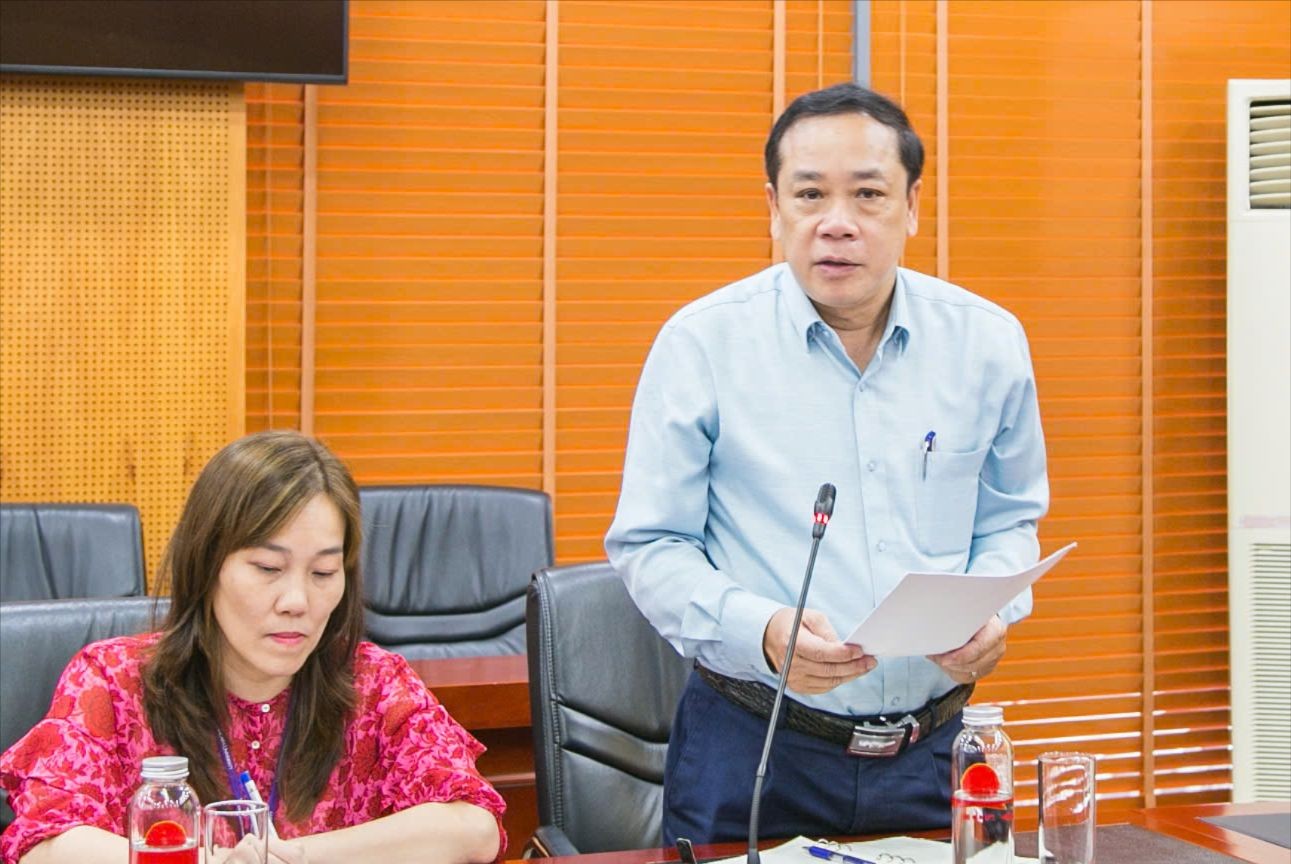
Each administrative unit is associated with a certain population, whose lives are guaranteed by socio-economic activities taking place within that administrative unit.
Any change in administrative boundaries is accompanied by changes in certain natural and social conditions, causing certain disruptions and difficulties for local people, creating certain obstacles in serving the people and administrative management of the state government apparatus.
Therefore, all changes and adjustments to administrative boundaries must be decided by the people and must have their consent. It is necessary to consider the people's consent and support as a matter of principle in establishing and adjusting administrative units.
That needs to be done through direct democratic forms such as referendums, national conferences... so that the people can directly decide by majority.
*****
Major reforms seen from Conclusion 126
According to Conclusion 126, the Politburo and the Secretariat assigned the Government Party Committee to preside over research on orientations to continue to reorganize and eliminate intermediate administrative levels (district level); develop a plan to continue to reorganize the commune level in accordance with the new organizational model, propose organizational structure, functions, tasks, powers, and responsibilities of the commune level; and orientations to merge a number of provincial-level administrative units.
At the same time, propose policies to amend and supplement relevant legal regulations and Party regulations, and report to the Politburo in the third quarter of 2025.
The Central Party Committee of the Public Security was assigned to preside over the implementation of the Project to organize the Public Security at 3 levels, without organizing district-level police, ensuring the correct goals, requirements, and progress.
The Party Committees of the Central Party agencies lead and direct the Party Committees of the Supreme People's Court and the Party Committees of the Supreme People's Procuracy to study and advise on the model of agencies (courts, procuracies) in the direction of eliminating the intermediate level (district level). At the same time, propose to supplement and amend the Party's mechanisms and policies, relevant laws of the State; continue to innovate the organization, improve the quality of activities of the People's Court, People's Procuracy, and people to meet the requirements of judicial reform in the new situation. These contents will be reported to the Politburo in the second quarter of 2025.
plo.vn
Source: https://plo.vn/ky-nguyen-moi-va-kinh-nghiem-tu-nhung-lan-tach-nhap-tinh-o-viet-nam-post835660.html







![[Photo] Cat Ba - Green island paradise](/_next/image?url=https%3A%2F%2Fvphoto.vietnam.vn%2Fthumb%2F1200x675%2Fvietnam%2Fresource%2FIMAGE%2F2025%2F12%2F04%2F1764821844074_ndo_br_1-dcbthienduongxanh638-jpg.webp&w=3840&q=75)






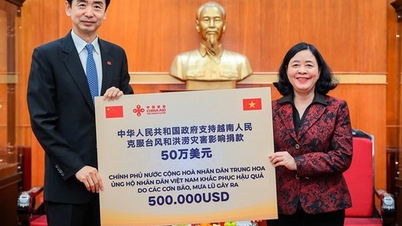

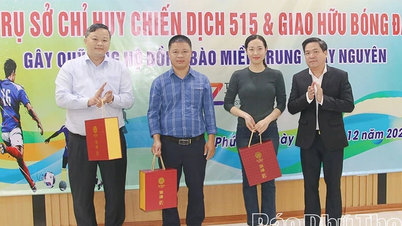

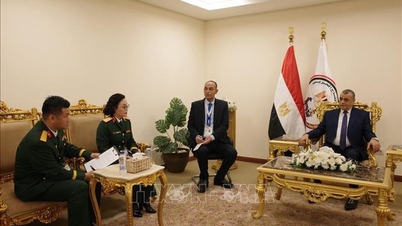



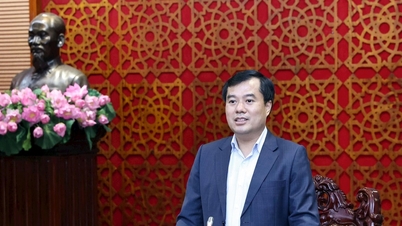


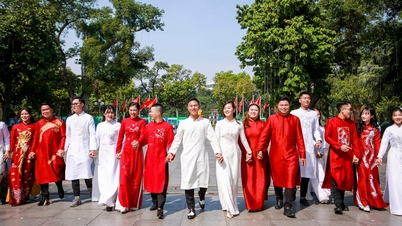


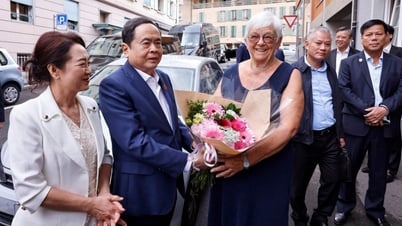








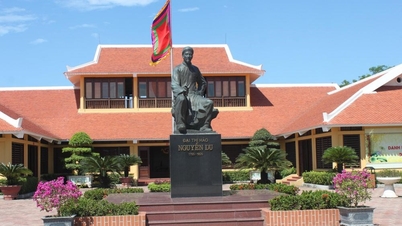





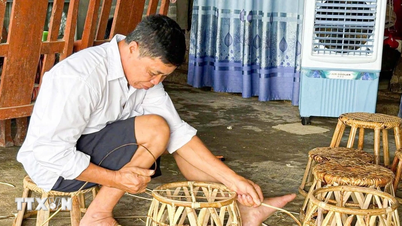


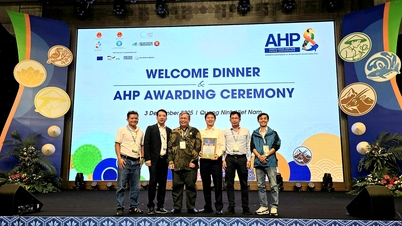




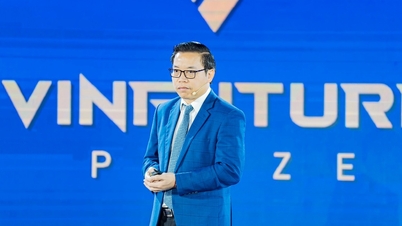
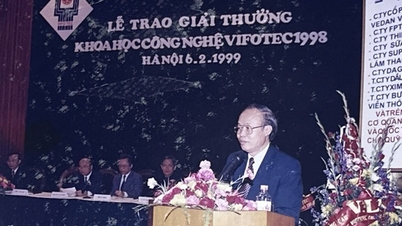





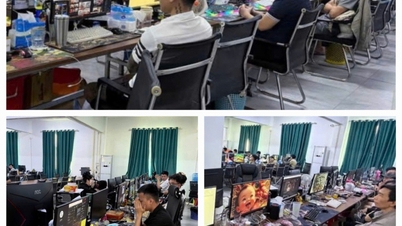
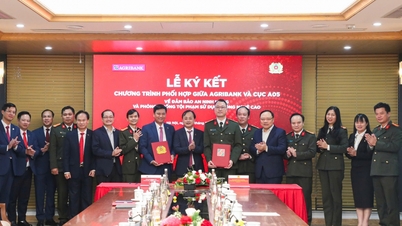

















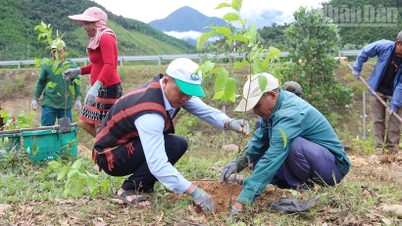


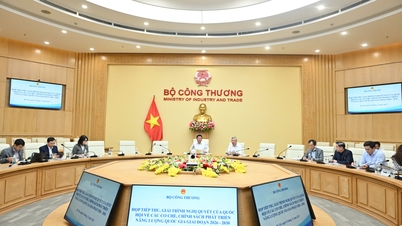










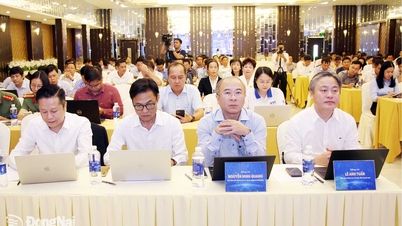











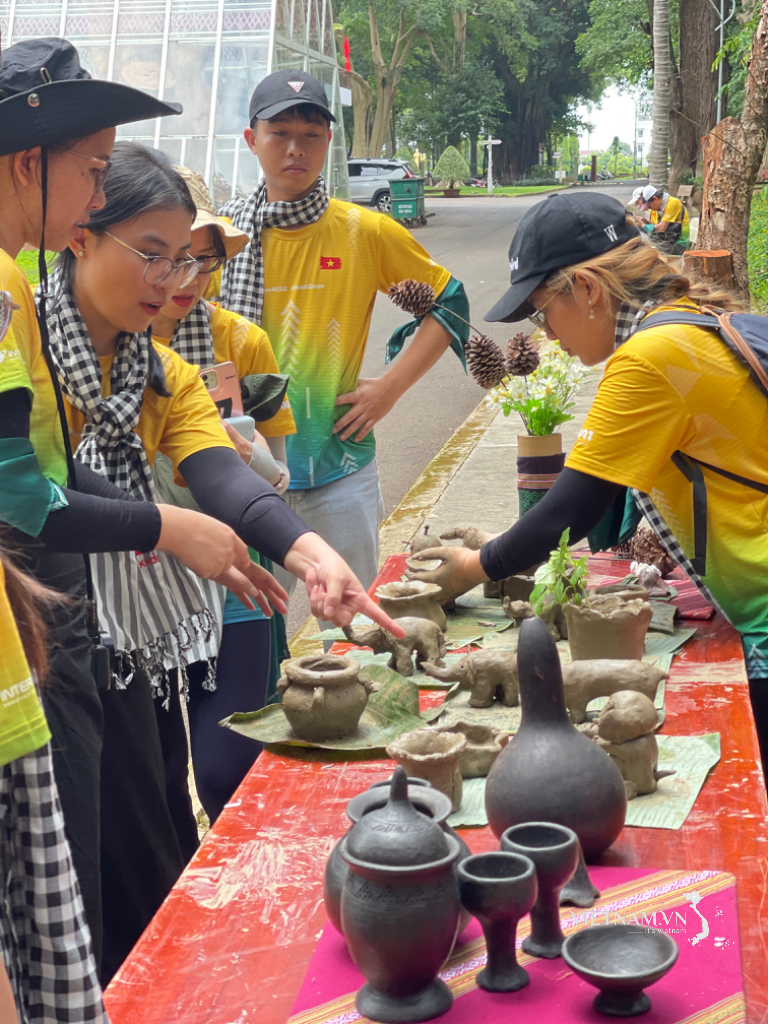

Comment (0)